In early 1972, I had the opportunity to ride a brand new Arctic Cat Panther 440 that looked externally just like any other ’72 Panther. But under the hood, this Panther didn’t have the usual clutches and drive belt. Instead it had a little automatic transmission — the same type found in automobiles — that used fluid to transmit energy within the device.
It was smooth, quiet and behaved just like any other Panther, seamlessly rolling off idle and cruising smoothly. I thought this was an interesting idea, as drive clutches and drive belts were notorious weak links in all the snowmobiles of the day. Maybe this was the key to power transmission reliability that the snowmobile industry desperately needed.
A few months later Arctic Cat was talking about a forthcoming new model, the 1973 Panther VIP. It would be a fully-loaded, top-of-the-line luxury sled featuring the automatic transmission.
Something Special
Promoted as “a machine built only for the man who recognizes and appreciates unqualified excellence,” the VIP was much more than just a 1973 Panther with a few add-ons.
The new Cat-A-Matic hydrostatic transmission was the centerpiece. Engineered by Kawasaki specifically for this application, the new fluid drive was said to virtually eliminate transmission service problems and provide constant torque to the track under all snow and terrain conditions. The fluid coupling isolated the driveshaft from the crankshaft, thereby eliminating a source of vibration. And with no exposed moving parts, it was also said to be safer for users.
Power came from an upgraded Kawasaki 440 axial fan (“the D model”) that featured oil injection, a huge convenience previously exclusive to Yamaha snowmobiles. The VIP also had capacitor discharge ignition (CDI) with surface gap spark plugs that were said to virtually eliminate fouling, another significant problem of the era. This ignition technology, which also eliminated the tuning and occasional problems with breaker points, was just starting to make inroads in the sport and was already available on other Cat models. Electric start was standard equipment on the VIP instead of a dealer-installed option for the first time on any Cat.
Full instrumentation including speedometer, odometer, tachometer and dual cylinder head temperature gauges was also included and space for an optional cigar and cigarette lighter was provided on the dash. The VIP retained all the normal 1973 Panther features like a kill switch, non-slip footrests, new fully enclosed hood for noise reduction and new internal drive 2/3-cleated track that promised to reduce cleat breakage as well as put more power on the ground. It was all topped off by Arctic’s clearly superior and highly protective windshield, superb overall ergonomics and smooth-riding, slide rail suspension.

This engineering tour-de-force was wrapped in a new color and trim execution of the standard Panther exterior. A rich chocolate brown base color set the tone, with a wood-grained dash and gold filigree trim decals on the hood. Even the traditional leopard print seat cover was discarded in favor of a simple brown one. Details like the color stripe in the front bumper and the handlebar pad were also design coordinated. Finishing touches included chrome ski shocks — instead of the black ones on the standard Panther — and a personalized nameplate on the dash for owners who ordered their VIPs in advance.
Although six prototypes were built for the 1973 season, delays piled up upon delays. Eventually the 1973 Panther VIP became the 1974 Panther VIP. Nothing changed except the model year.
The Tail Of The Top Cat
Buyers receiving their VIPs began to discover some less-desirable aspects of the sled. They already knew it was really expensive. At a time when snowmobilers could still buy a decent snow machine for less than $1,000 — few models topped the $1,500 mark — the VIP went for close to two grand, a ton of money for something frivolous like a snowmobile.
The brown Cat was also “Oh my God” heavy due to the weight of the transmission, electric start, oil injection and other extras piled onto what was already a big, hefty sled.
“It was a dog,” said a dealer who must remain anonymous. The prodigious poundage overwhelmed the modest available power, restraining the VIP to fairly sedate performance on the trail. It wasn’t as bad as the now-forgotten 1972 four-stroke Panther 305, but it wasn’t going to give anybody whiplash, either. And many owners experienced fluid leakage problems with the automatic tranny, too.

Still, Arctic built and sold almost 4,000 of these big brown beasts in the one model year that it was available to the public.
Much of the relatively unique technology in the VIP was shelved, at least temporarily. The Cat-A-Matic fluid transmission never saw the light of day again. Too heavy and too expensive, advancements in clutch and belt technology rendered it unnecessary. Oil injection didn’t appear again on another Arctic Cat until the 1979 Trail Cat, and it took even longer before another full-production Cat had electric start installed at the factory.
CD ignition became an industry standard, but without the surface gap spark plugs. The brown color scheme re-appeared on some later Cat models like the Panteras and Cheetahs, but never really caught on with the snowmobiling public no matter how hard Arctic and some other manufacturers pushed it.
Many VIPs were stashed away in barns and sheds in good condition with relatively few miles on them. Because of relentless searches from vintage enthusiasts, they are now emerging more often at snowmobile shows as these collectors rediscover this unique and interesting Cat.
1974 Arctic Cat Panther VIP
Manufacturer: Arctic Enterprises, Inc., Thief River Falls, Minnesota
Powertrain Specs
Engine: Kawasaki T1B440D1A axial fan-cooled piston-port twin with chrome-lined cylinders
Displacement: 436cc
Carburetion: One Walbro diaphragm pumper
Compression Ratio: 6.8:1
Ignition: Capacitor Discharge (CD) with surface gap spark plugs
Lubrication: Oil injection
Power Output: 36 hp
Exhaust: Single pipe into Arctic muffler
Transmission: Kawasaki Cat-A-Matic hydrostatic drive
Chassis Specs
Type: Riveted aluminum with welded steel sub-frame, aluminum belly pan and fiberglass hood
Weight: 430 pounds
Front Suspension: Single leaf springs with chromed hydraulic shock absorbers
Ski Stance: 26 inches
Rear Suspension: Aluminum slide rails with adjustable torsion springs and hydraulic shocks
Track: 17-inch wide internal drive fiberglass-reinforced tri-belt with 2/3-width hot-rolled steel cleats
Brake: Mechanical disc with parking brake
Fuel Capacity: 6.25 gallons
Standard Equipment: Personalized owner nameplate, electric start, speedometer with odometer, tachometer, dual cylinder head temperature gauges, wood grain dash, fuel gauge, model-specific handlebar pad and seat cover, kill switch, console storage compartment, tow hitch
Options: Cigarette lighter, rear view mirror, compass
Price: $1,895 MSRP

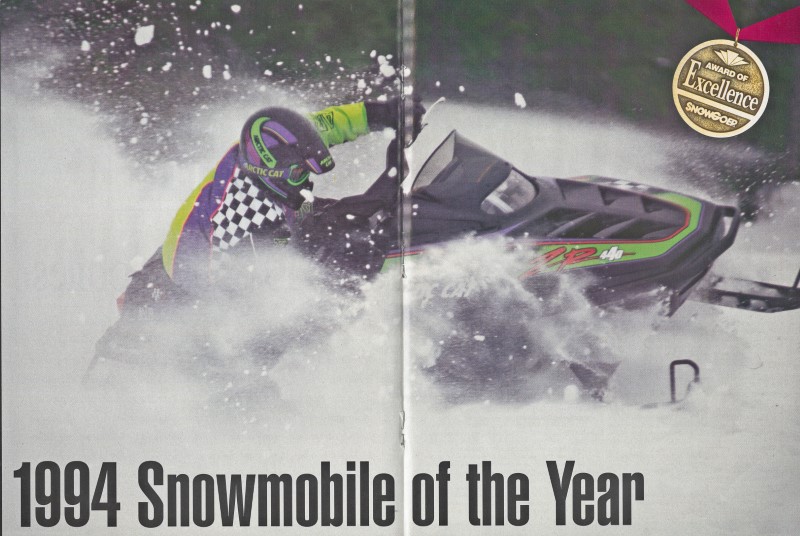
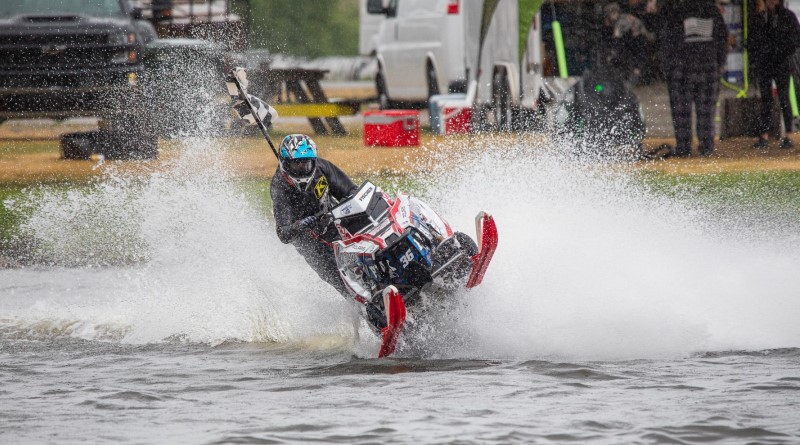
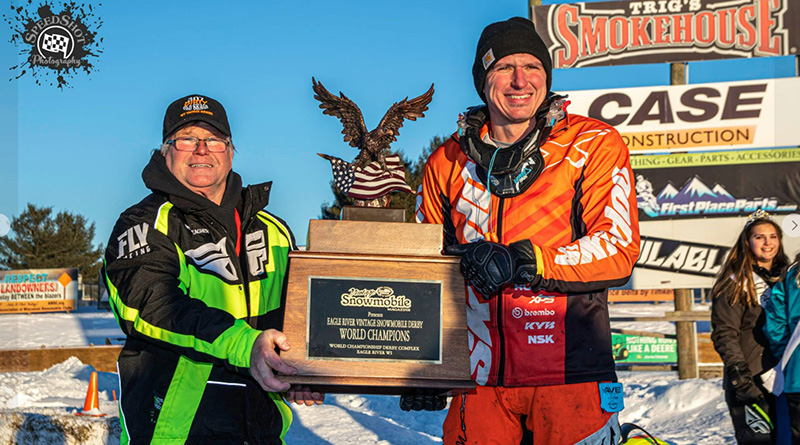
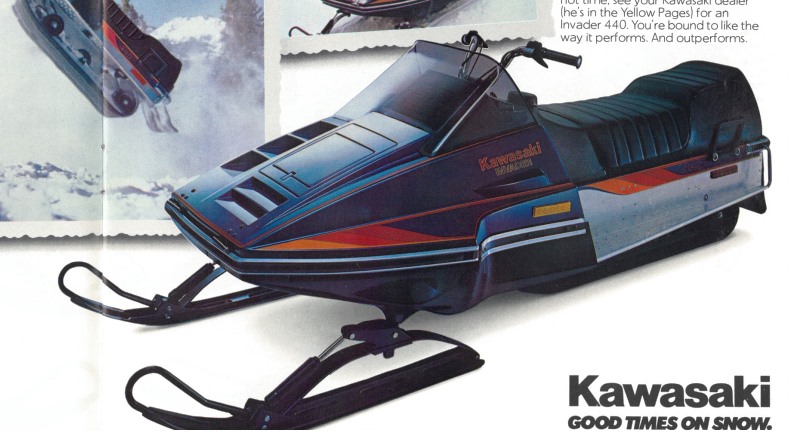
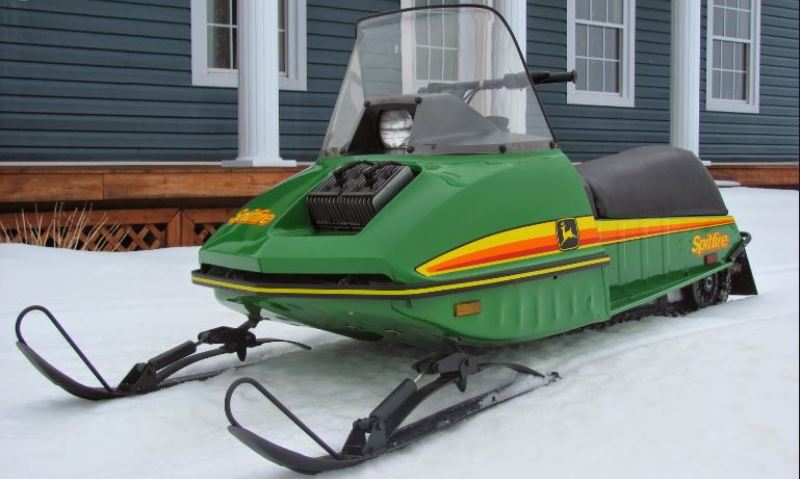
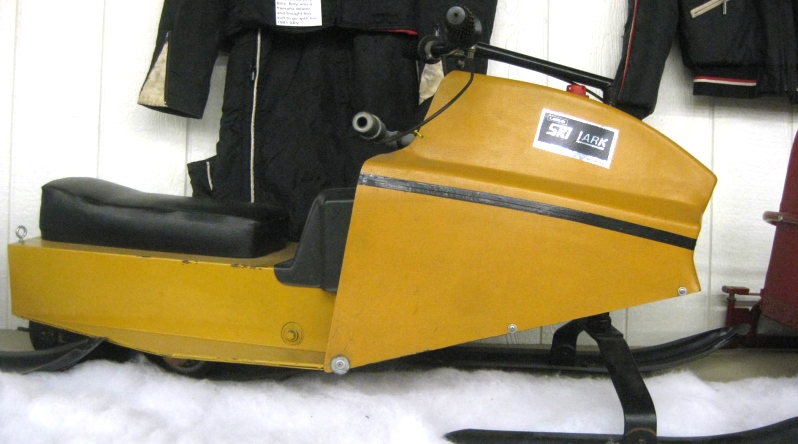
Remembered times of days gone by. Daddy got the standard panther and we had our fun living in the north east when we actually got snow in the winter. So like 4 months of fun. Had it for 3 years but he sold it well because me being not afraid to run it like I stole it & mom worried I would kill myself or worse🙄. But life went on and years later in my 20’s I got another sled for one winter. And yes I sold it for the same reason, before I killed myself or worse 😁. But hey even with all the other things I’ve done I’m still here and pushing on showing the grandkids and other young ones how to ride everything and how it ain’t so easy to keep up with me ak uncle Art, ak ‘pops’ ak Big Daddy 😁😁😁😁